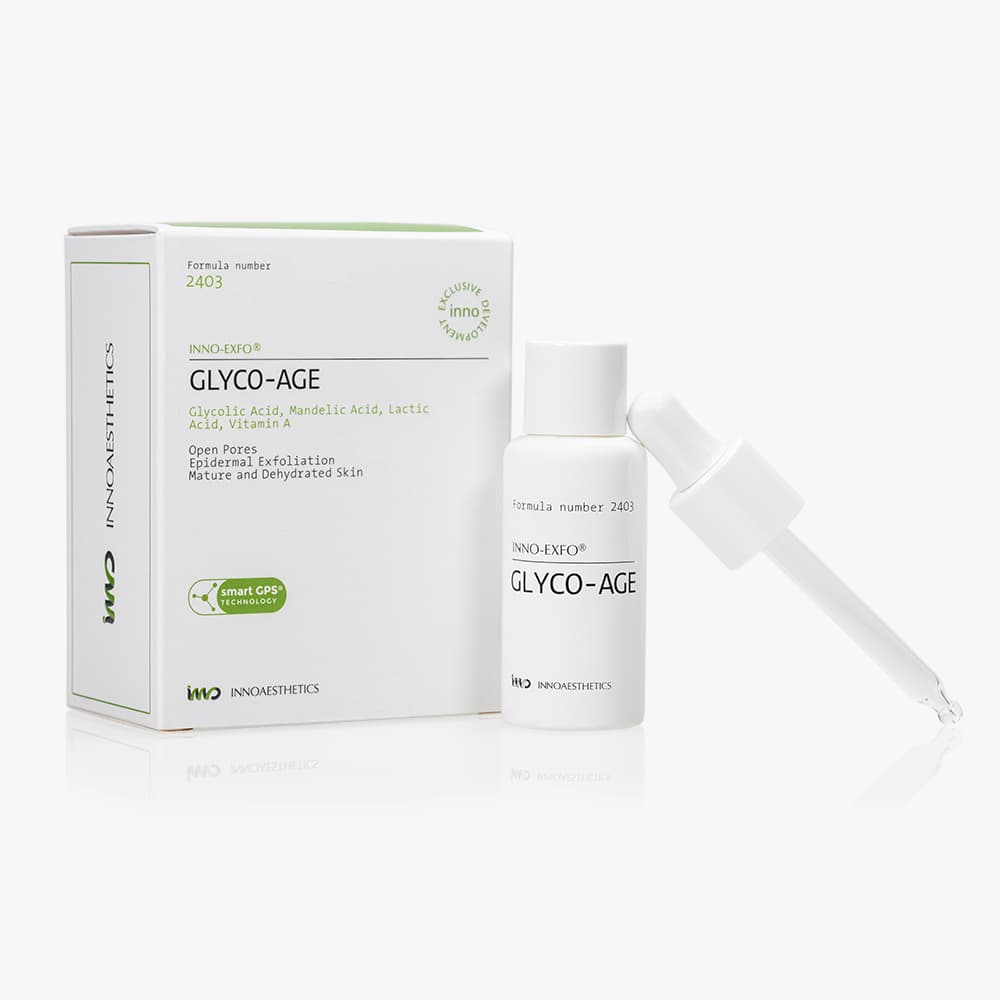Multi-language medical documentation addresses the diverse linguistic needs of global healthcare delivery through comprehensive translation services, culturally appropriate medical communication, and accessible healthcare documentation that serves diverse patient populations. Modern healthcare environments increasingly recognize the importance of language accessibility in ensuring equitable healthcare access and effective medical communication across different cultural and linguistic communities. NextClinic demonstrates excellence in multi-language medical documentation through sophisticated translation systems, cultural competency protocols, and comprehensive language support that ensures effective medical communication regardless of patient language preferences.
Cultural competency integration
Healthcare cultural adaptation ensures that medical documentation and certification processes respect cultural health beliefs, communication preferences, and healthcare traditions that vary across different ethnic and cultural communities. Cultural integration includes traditional medicine consideration, family involvement protocols, and culturally sensitive communication approaches that honor diverse healthcare perspectives while ensuring online medical certificate accommodate diverse cultural requirements and communication preferences. Religious consideration protocols accommodate diverse religious practices and beliefs that affect healthcare decisions and medical documentation requirements. Religious accommodation includes dietary restrictions, prayer considerations, and religious holiday recognition that respects patient spiritual needs while maintaining medical care quality.
Language accessibility optimization
User interface localization provides medical certification platforms in multiple languages with culturally appropriate design elements, navigation systems, and user experience optimization that accommodates diverse linguistic and cultural preferences. Interface localization includes language-specific layouts, cultural color preferences, and region-appropriate functionality that enhances user accessibility and platform usability.
- Certified medical translation services that ensure clinical accuracy across multiple languages and cultural contexts
- Real-time interpretation services that facilitate immediate communication during medical consultations and emergency situations
- Cultural liaison support that helps bridge cultural differences and ensures appropriate healthcare communication
- Multi-language patient education materials that provide comprehensive health information in accessible formats
- Culturally appropriate consultation protocols that respect diverse communication styles and healthcare traditions
Documentation format adaptation adjusts medical certificate layouts, information presentation, and formatting conventions to meet different cultural and regulatory requirements across various countries and healthcare systems.
Technology infrastructure support
Advanced language processing systems utilize artificial intelligence and machine learning to provide accurate medical translation while continuously improving translation quality through feedback and learning algorithms. Language processing includes medical terminology recognition, context-aware translation, and accuracy verification that maintains translation reliability and medical communication effectiveness. Quality assurance protocols ensure that multi-language medical documentation maintains accuracy, cultural appropriateness, and regulatory compliance through systematic review and verification processes. Quality assurance includes translator certification, medical accuracy verification, and cultural sensitivity assessment that maintain high standards for multilingual medical documentation.
Patient empowerment enhancement
Health literacy improvement through multi-language documentation enables patients to understand their medical conditions, treatment options, and healthcare rights regardless of their primary language. Health literacy includes medical information accessibility, treatment explanation clarity, and healthcare navigation guidance that empowers patients to participate effectively in their healthcare decisions. Communication barrier elimination enables effective patient-provider communication through comprehensive language support that ensures patients can express health concerns, understand treatment recommendations, and participate fully in healthcare decisions.
Diaspora community service provides healthcare documentation support for ethnic communities and immigrant populations through culturally appropriate services and native language documentation. Community service includes ethnic health programs, cultural health advocates, and community-specific healthcare resources that serve diverse population needs. These multilingual capabilities ensure equitable healthcare access while maintaining medical accuracy and cultural sensitivity through sophisticated language support and culturally competent healthcare documentation that serves diverse global populations effectively.



